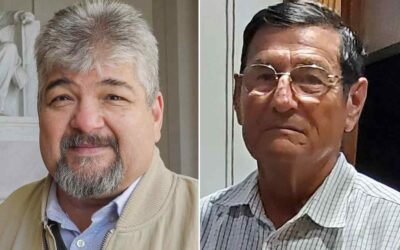As part of the Museum’s 2024 Winter Lecture Series, Pam Wheat Stranahan spoke on February 5, 2024, about towns that lined Copano Bay in the 1830s through the 1880s. Ships sailed the natural channel from Aransas Pass to Copano Bay, which provided water transport for Spanish settlements in the interior as early as 1795. Other towns were settled as colonists arrived. On Live Oak Point, Aransas City was established; later the town of Lamar challenged that port; St. Mary’s served shippers until two hurricanes in the late 1880s caused severe damage. The town of Copano struggled with a water shortage and only lasted until the mid 1800s. The founding and growth of Rockport after the Civil War brought the downfall of the early settlements.
About Pam Wheat Stranahan
Stranahan retired as executive director of the Texas Archeological Society (TAS) in 2010 after serving eight years. Before becoming executive director for TAS, Pam was director of education at the Houston Museum of Natural Science and director of education at Crow Canyon Archaeological Center, Cortez, Colorado.
Stranahan was education coordinator for the La Salle Shipwreck Project with Texas Historical Commission (THC) during the excavation of La Belle. She served on the founding Board for the Museum of the Coastal Bend in Victoria, Texas.
Stranahan serves on boards for Aransas County Historical Society, the Aransas County Historical Commission and the History Center. In 2022 she received the “Volunteer of the Year” award from the History Center. In 2024 she will receive the Ruth Lester Lifetime Achievement Award from Texas Historical Commission.
In 2013 Stranahan was named Citizen of the Year by the Rockport-Fulton Chamber of Commerce. In 2011 she made a Fellow of the Texas Archeological Society for her contributions to Texas archeology. In 2004 she was awarded the Society for American Archaeology (SAA) Award for Excellence in Public Education.



